In Yoruba mythology, the Olokun is an androgynous hero and demi-god that governs material wealth, psychic abilities, dreams, meditation and mental health. (Here all our posts about Tankoa)
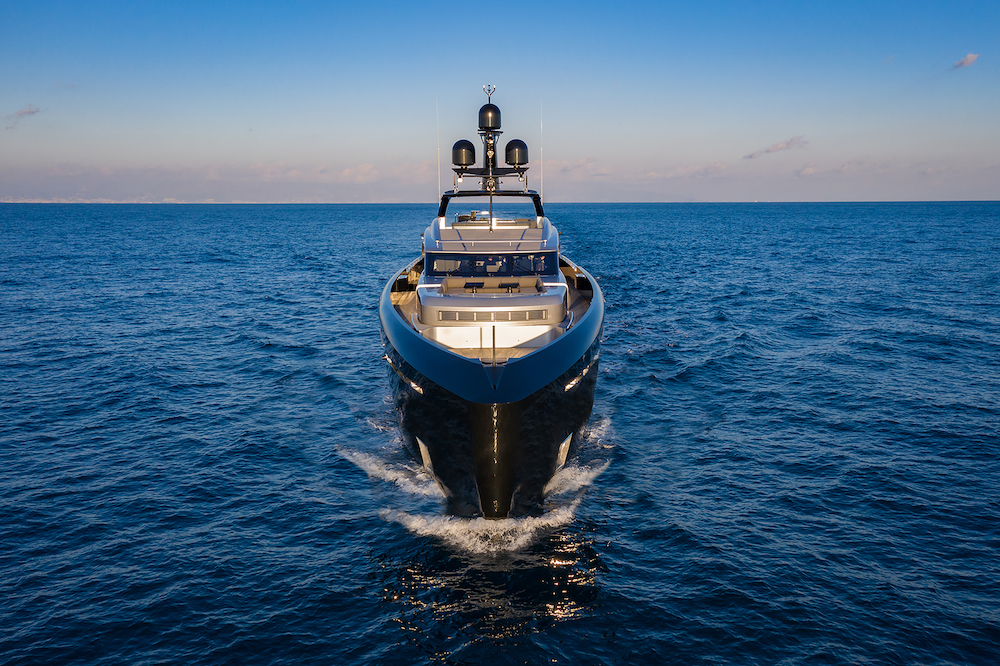
So it isn’t much of a stretch of imagination to see that for the owner of the Tankoa’s third 50m, the sea is a sort of refuge from the frenetic pace of everyday life. There are no televisions aboard, in fact, and everything is designed to ensure that guests will always have the sea within sight.
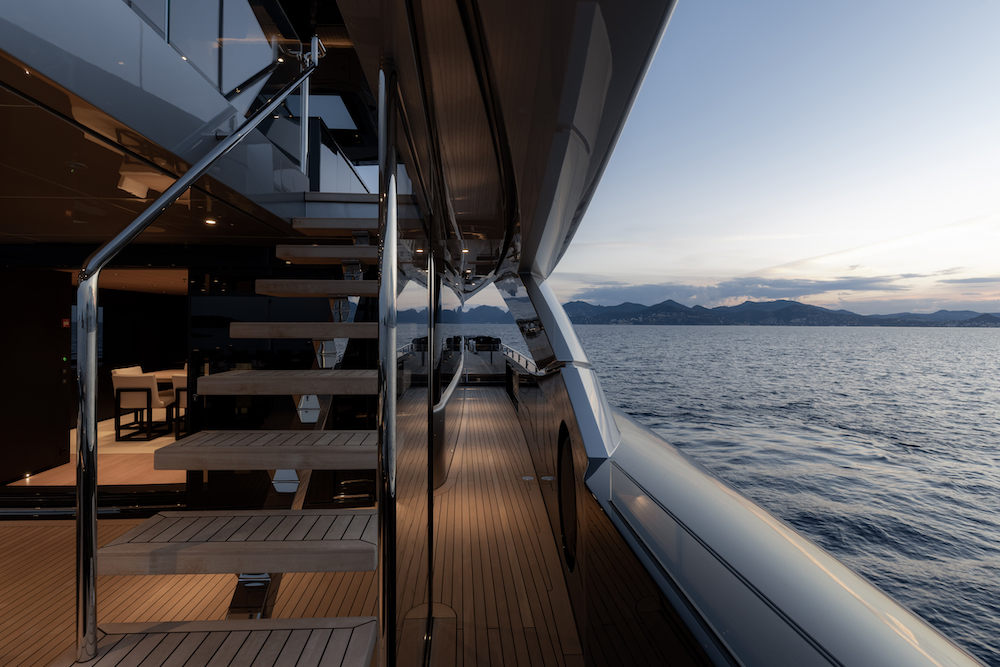
Olokun: exterior design by Francesco Paszkowski and interiors by Casa Dio Miami/London
As was the case with the two previous 50-metres, Vertige and Bintador, Olokun’s exteriors are the work of Francesco Paszkowski, while her interiors were designed by Dio Rodriguez of Casa Dio Miami/London.
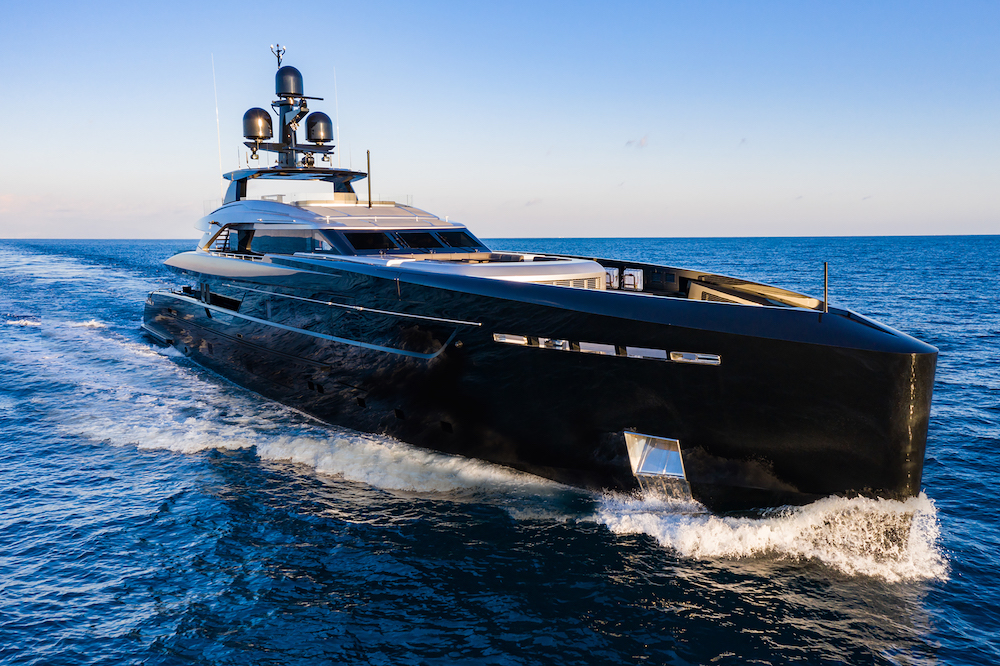
«Olokun has imposing contemporary lines with several styling cues that reference Tankoa family signatures, such as an imposing stern, dynamic lines and a compact superstructure,” explains Paszkowski.
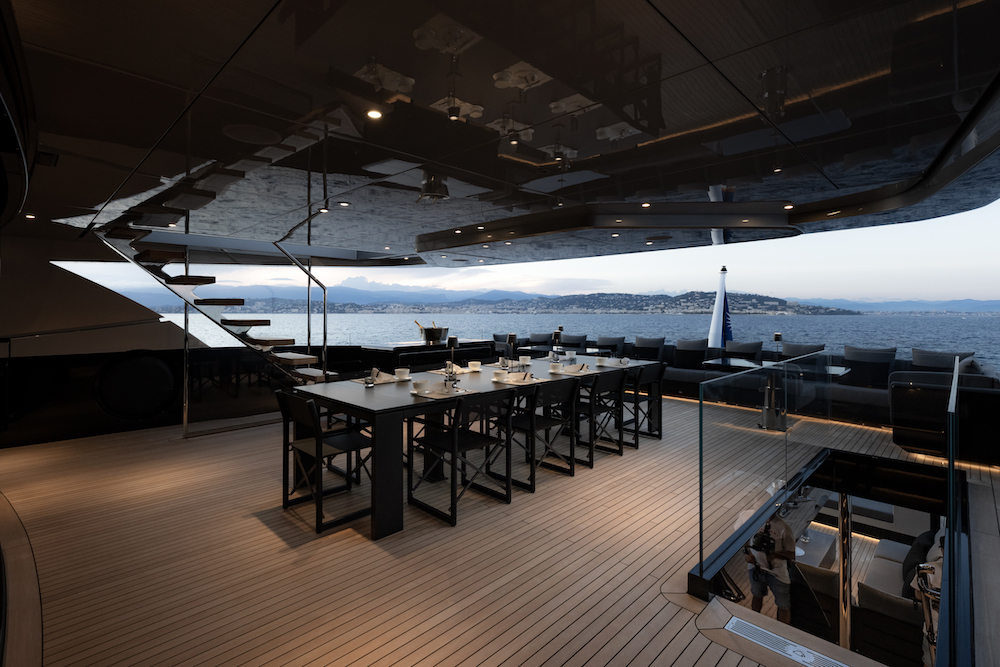
Construction began on spec and was 60% completed when the owner arrived on the scene. He brought along Dio Rodriguez as his representative and designer as the latter had already worked on various homes, aircraft and boat refits for him. Both men were very clear about what they wanted and Tankoa was able to give them exactly that despite construction being so advanced.
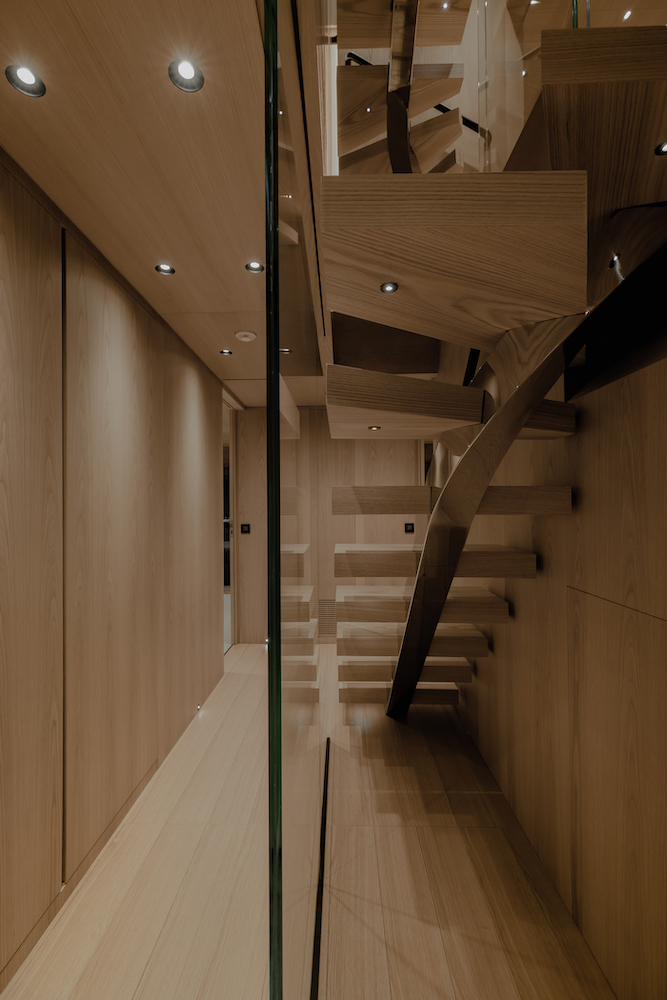
“The owner wanted just two fold-out balconies forward at master suite level,” continues Paszkowski. “He also wanted the whole aft section of the main deck to be a day area”. This meant shifting the dining area to the upper deck where there is a lounge aboard Bintador.
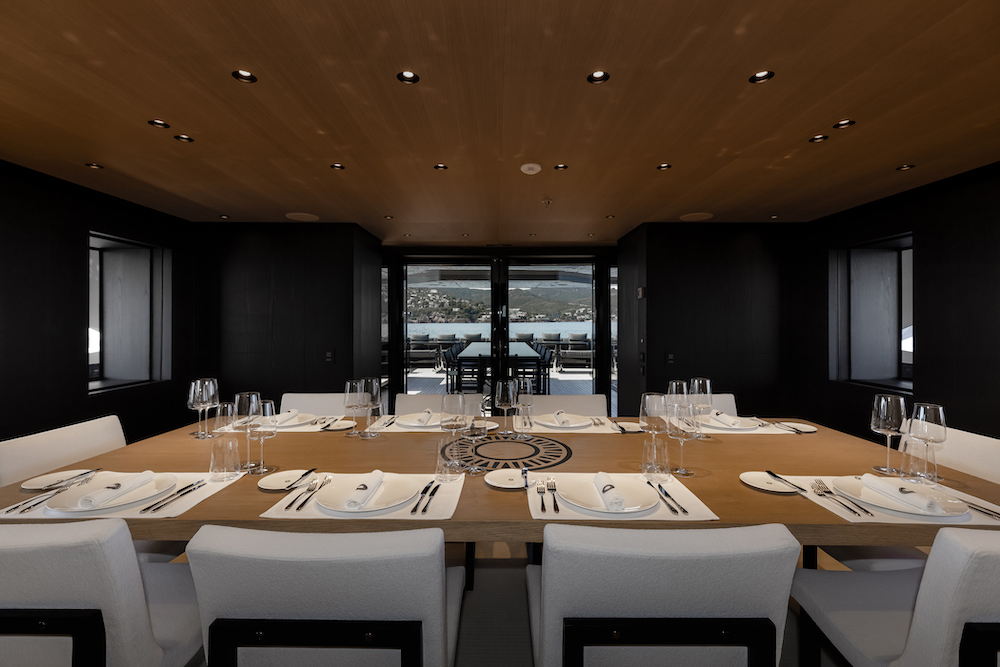
An unconventional colour palette
Olokun’s exterior and interior colour palette is another of her standouts, however. Her hull is black topped by a metallic grey superstructure. However, to prevent heat issues, a high performance Awlgrip paint capable of reducing the hull temperature by 10 degrees was used. Olokun’s interiors too are a refreshing break from convention. Inspired by Japanese minimalism, they are neutral in the extreme as Casa Dio’s aim was to bring out the exterior panorama.
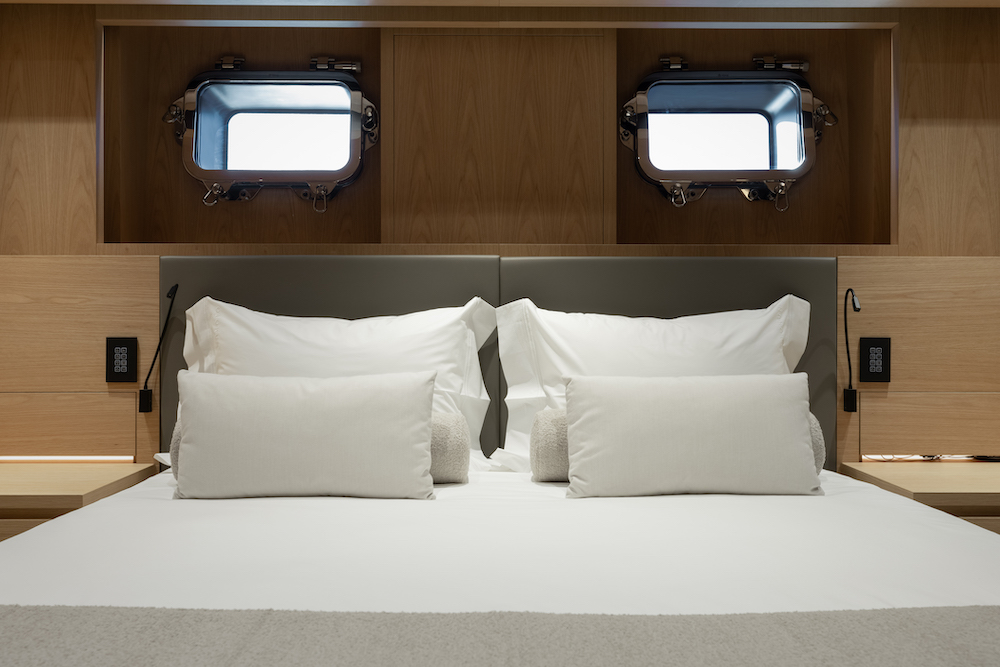
This has been beautifully achieved particularly on the main and upper decks where black walls combined with white sofas and floors draw the gaze outward. This simple two-tone look, broken only by an open pore oak ceiling, may be an unusual tack but it is also incredibly soothing.
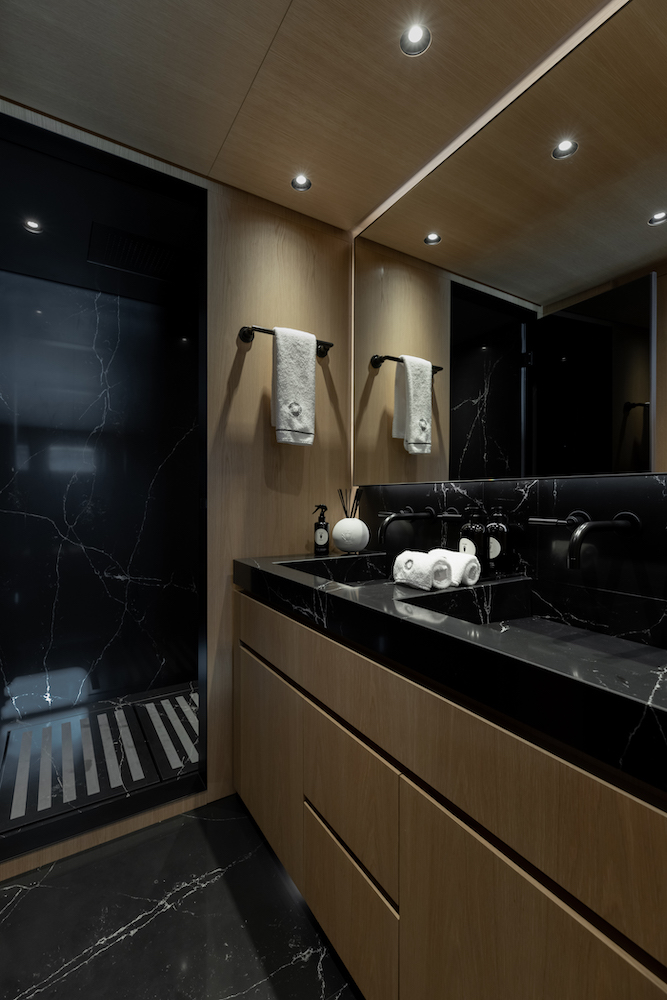
The rest of Olokun’s interiors centre around just four colours: black, white, grey and oak which provide a lovely contrast to sublime neutral Loro Piana textiles and Casa Dio’s bespoke designed furnishings. The result is an elegant yet welcoming minimalism that proves once again Coco Chanel’s favourite maxim: less is definitely more.
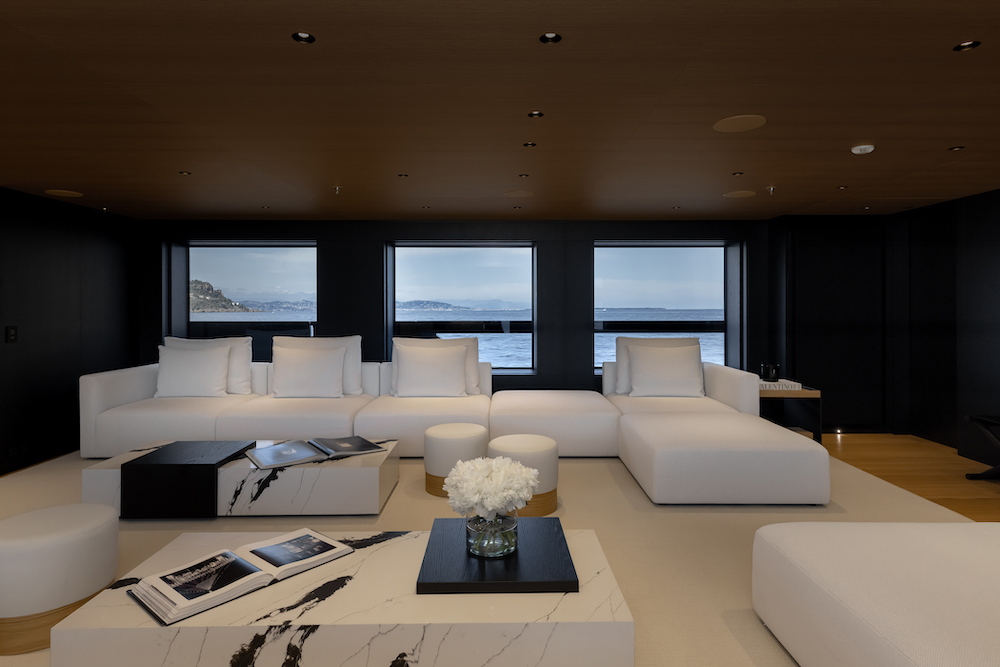
Olokun: the interior layout
There have been modifications to the exterior and interior layouts also to meet the owner’s wishes. The beach club has been converted into a hammam and the tender garage is now a lounge and relaxation area as the owner wanted both as close as possible to the sea. He also wanted the saloon to be as large and pared back as possible. The dining has thus been moved to the upper deck where it takes up the entire upper lounge with a second dining table in the outer cockpit.
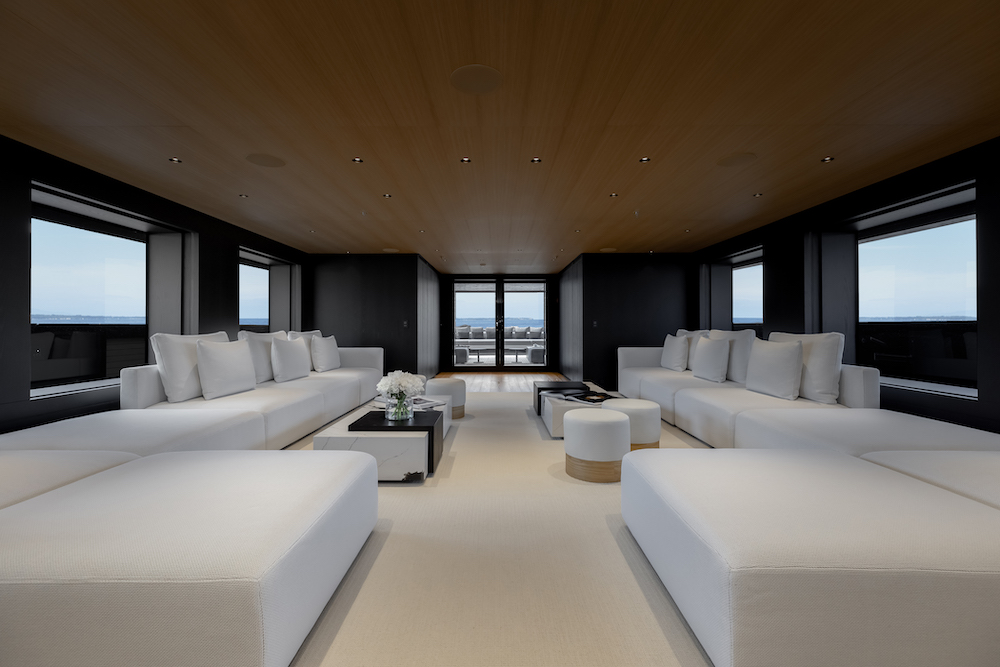
The galley is on the lower deck, as per Vertige, while the master suite is forward on the main deck with its own study which can convert to a VIP when required. A further four double athwartships cabins lie on the lower deck.
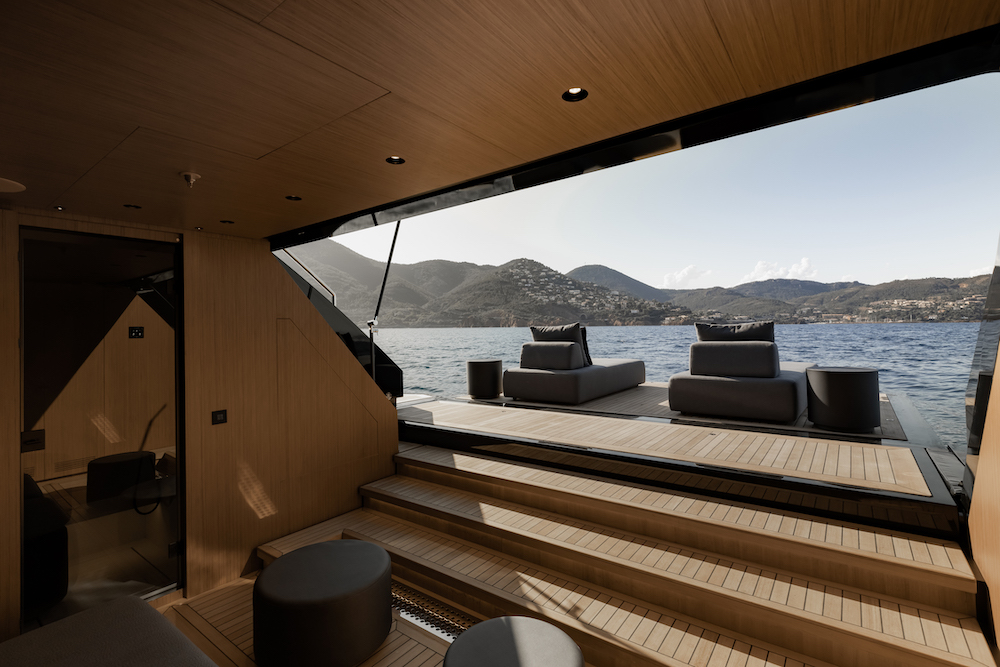
There are also two other examples from the 50m series in build at Genoa and the yard is on the look out for new production facilities that will help it deal with this jump in business. Good news all round!





